How Whiteboard Walls Are Revolutionizing Memory Support for Seniors
Whiteboard walls offer ideal platforms for supporting healthy cognitive function in seniors by providing a handy place to do stimulating mental activities and post-memory tools such as calendars, reminders, and daily schedules. Staying mentally active is key to maintaining a good memory as we age. Using whiteboard walls to learn a new language, work out math problems, or solve puzzles can go a long way toward ensuring seniors’ minds and memories remain razor-sharp.
Whiteboard walls also offer seniors the chance to socialize with friends and family members through group activities like brainstorming about charity events and playing games such as hangman, tic-tac-toe or Pictionary. The article to follow gives some practical advice on how seniors can use whiteboard walls to enhance their memory and overall mental sharpness.
Enhanced Cognitive Engagement
Whiteboard walls provide seniors with huge interactive surfaces for cognitive engagement activities, such as memory games, puzzles, and daily chore planning, thus promoting mental stimulation and memory retention. One classic game that can boost memory is tic-tac-toe. Using a whiteboard wall and some low-odor dry erase markers, seniors may play this game as a competition between two groups of friends or family members, varying it by having people answer trivia or review questions to earn the chance to add an “X” or “O“ to the wall. The need to recall facts and answer questions prompts participants to use their memories, thus stimulating the right side of the brain, which controls memory, attention, logic, and problem solving.
Visual Reminders and Organization
Seniors can use the broad open surfaces of whiteboard walls to create weekly appointment memos, medication schedules, and lists of important daily tasks, thus helping them stay organized, focused, and less forgetful. To assist seniors in remembering important factual details, handy memory tools like agendas, notes about social gatherings, and prompts about meal times can be written in large letters on a whiteboard wall instead of on small sticky notes or pads of paper.
Memory Training Exercises
Memories of events are comprised of what we perceive in the physical world. Usually, when our memories fail, it’s not because we forget how to remember but because our brains aren’t processing data clearly or accurately enough. Doing memory-boosting exercises on whiteboard walls can sharpen the brain’s ability to register perceptions so that seniors can create a clearer image that’s easier to bring to mind. Performing memory training exercises on a whiteboard wall thus helps seniors practice recall, improves their overall cognitive function, and strengthens memory skills over time.
One such exercise is Sudoku, which can be highly beneficial for seniors because it helps them stay mentally active and enhances cognitive functions like memory, problem-solving, and attentiveness. Performing this exercise can also improve critical thinking, pattern recognition, and reasoning ability.
Sudoku consists of a 9 x 9 square that must be filled in with numerals from one to nine, with no repeated numerals in each row or column. The grid also has 3 x 3 squares marked out, each of which can’t contain any repeated numbers either. Sudoku puzzles make use of numbers as markers, but the puzzles have nothing to do with math or calculation. Details on how to create Sudoku puzzles to boost seniors’ memory skills are widely available online.
Personalized Memory Aids
Whiteboard walls allow seniors to create personalized memory aids such as maps drawn from memory, family trees, and event timelines, all of which serve as visual cues that improve recall of past experiences and learned facts. Creating a map from memory is an enjoyable and highly engaging activity in which seniors closely study a map, memorize its main features, and then produce a reproduction of the map that’s as close to the original as possible. As its name implies, this activity works exceptionally well with maps, but can also be done with various other images.
An example would be drawing a map of the United States from memory. In this case, seniors would study a US map for a period of time and then see how well they can draw the outlines of all 50 states from memory on their whiteboard wall. Minor differences in the undulations of the states’ borders aren’t important; seniors only need to focus on drawing the general contours of each state.
After drawing their map, they can check the printed or online map they studied beforehand to see how well their drawings conform to the originals. Drawing maps or other images from memory gives seniors a chance to really expand their creativity. It’s more than just a fun exercise that helps them become better artists. Drawing from memory can bring back details that seniors had forgotten long ago. Drawing from memory can also lead to superior creative thinking and more well-developed problem-solving skills in other areas of life.
Interactive Learning Environments
Seniors benefit from interactive learning environments facilitated by whiteboard walls, where they can take notes during discussions, participate in group activities, and tell stories, thus enhancing memory through social interaction. Memory experts say that the more social connections a person has the better they are at retaining their mental functions and memory.
Plus, whiteboard walls are perfect for seniors’ group gatherings. Seniors can share drawings and diagrams that highlight or augment what people are talking about, thus adding a visual dimension to the meeting and reinforcing memory skills. Such social interactions also enhance memory because they elevate a person’s mood.
Depression has been associated with issues like forgetfulness and confusion. Feeling low can also make it difficult to focus on tasks, reach decisions, and think clearly, and is linked to short-term memory loss. Thus, the positive mood generated by engaging with others through the use of whiteboard walls can enhance seniors’ memory and general cognitive function.
Therapeutic Benefits
Doing art therapy and expressing creativity on whiteboard walls offers restorative benefits for seniors by reducing stress, improving mood, and boosting emotional resilience. Whiteboard walls can be beneficial when seniors feel emotionally or psychologically stuck and need to change their thought processes and behaviors. The large, easily erased surfaces of whiteboard walls allow seniors and their therapists to get creative while using them on the spur of the moment. The two can produce both pictures and words, adding connections as they go along during a therapy session.
Whiteboard walls can thus be used to get rid of ingrained patterns of conduct as well as support conversations about how seniors can develop emotional insulation so that every criticism they receive doesn’t result in negative self-talk or feelings of sadness.
Family and Caregiver Communication
Whiteboard walls also serve as convenient communication hubs for seniors, family members, and in-home caregivers, allowing for messages about needed health care, appointment reminders, and updates on people’s condition to be easily shared. In this way, the walls foster a supportive environment and enhance memory-related care.
Adaptive and Versatile Solutions
Whiteboard walls can be adapted to different living environments, including senior living communities, memory care units, and home settings, providing consistent and versatile memory support. The large inviting canvas of a whiteboard wall provides an opportune place for seniors in any setting to express their creative ideas and images with their family or community.
Whiteboard walls are especially vital tools in senior living facilities, where they may be used to communicate news, do memory-enhancement activities, and post memos. Care providers often employ them to post essential patient-related information in a patient’s room, such as allergies, treatment schedules, dietary options, times to administer medication, and care team members’ names. Whiteboard walls are also handy places to convey where patients are when they’re not in their rooms, and which treatment goals or medical tests are scheduled to be completed in a given shift. Moreover, patients and their family members can use whiteboard walls to write down any questions or concerns they may have about daily activities and other topics.

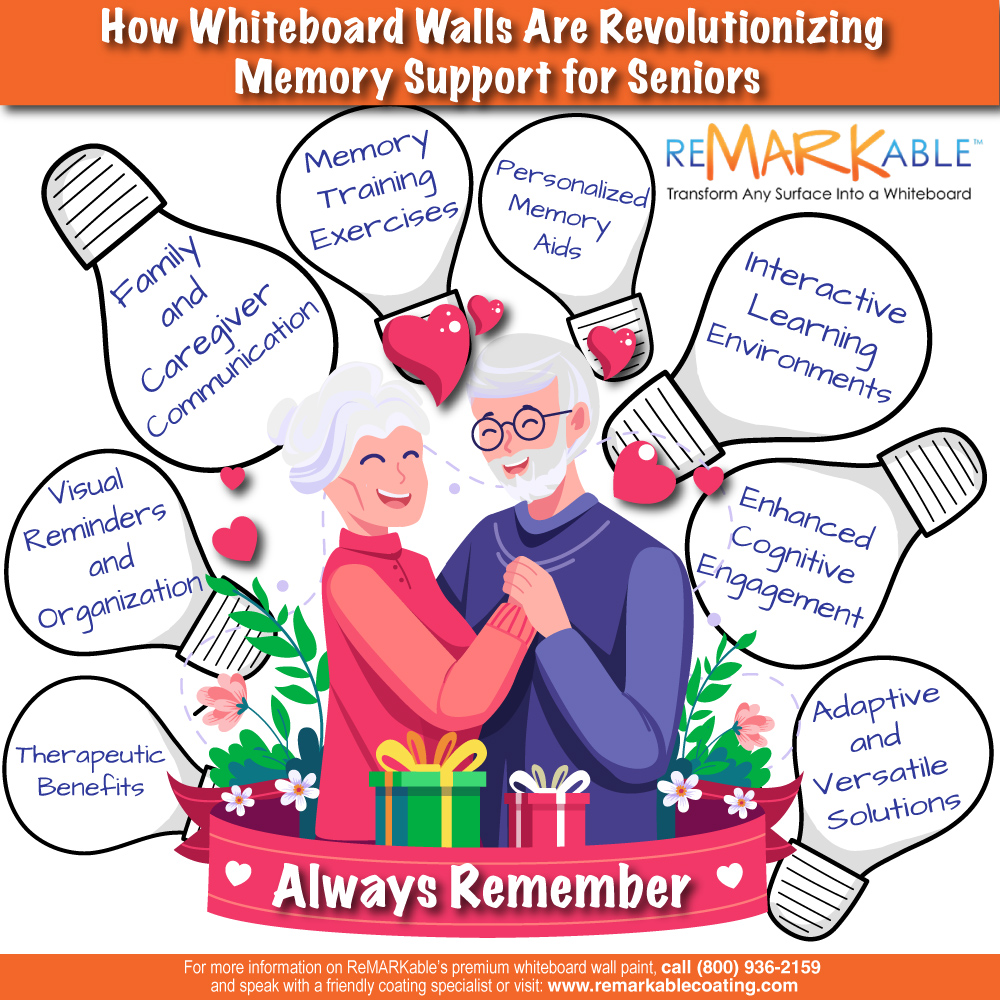
























































































![ReMARKable’s Winter Sale is Here! [25% Off + Free Shipping]](https://www.remarkablecoating.com/wp-content/uploads/2018/01/Red-Tag-Winter-Fashion-Facebook-Post-1-440x264.png)















![Drive Your Organization Into Openness and Watch it Expand [20% Off Whiteboard Paint]](https://www.remarkablecoating.com/wp-content/uploads/2016/04/Drive-Your-Organization-Into-Openness-and-Watch-It-Expand.-1-440x264.jpg)

![30% Off St Patrick’s Day Sale! [Details Inside]](https://www.remarkablecoating.com/wp-content/uploads/2016/03/Glorious-1-440x264.png)


![Giant Leaps Forward Require Big Spaces. [Leap Year Sale Event!]](https://www.remarkablecoating.com/wp-content/uploads/2016/02/Giant-Leaps-ForwardRequire-Big-Spaces-440x264.jpg)

















![ReMARKable Summer Sale 2018 [28% Off Whiteboard Paint]](https://www.remarkablecoating.com/wp-content/uploads/2018/06/Blue-Simple-Line-Beach-Facebook-Post-1-440x264.png)







































































































































































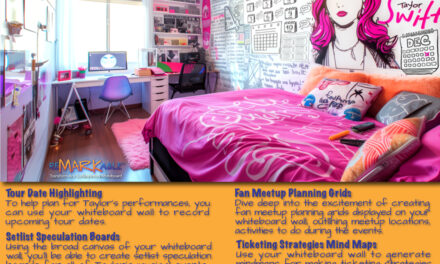
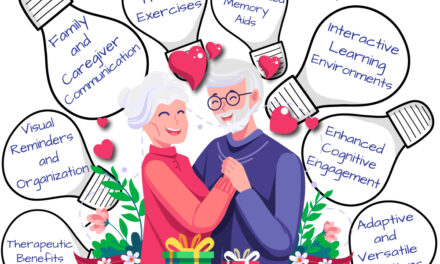

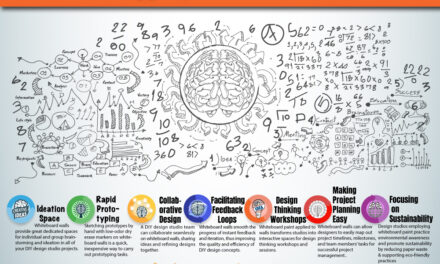
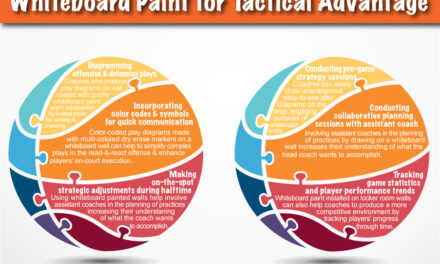
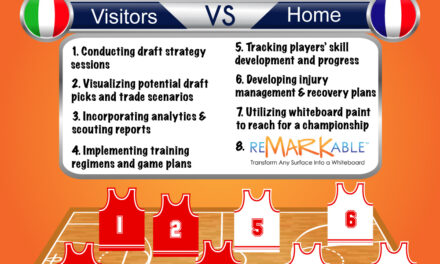

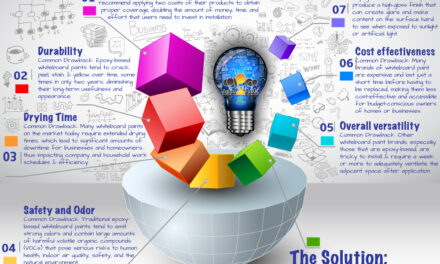

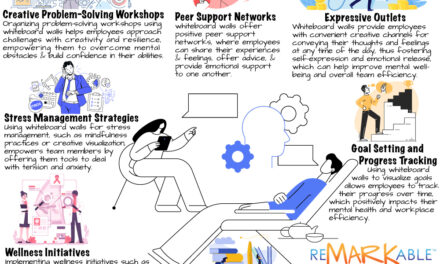

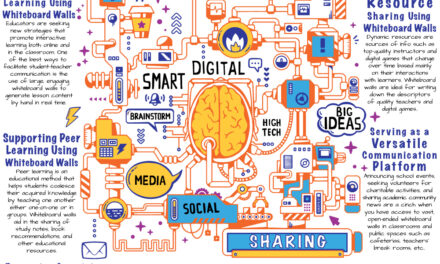
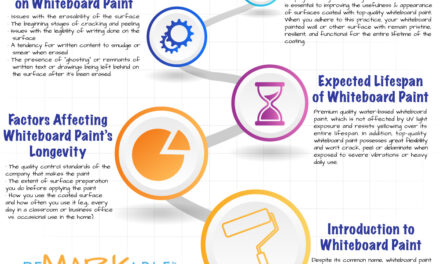
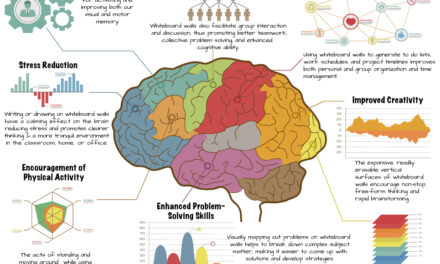
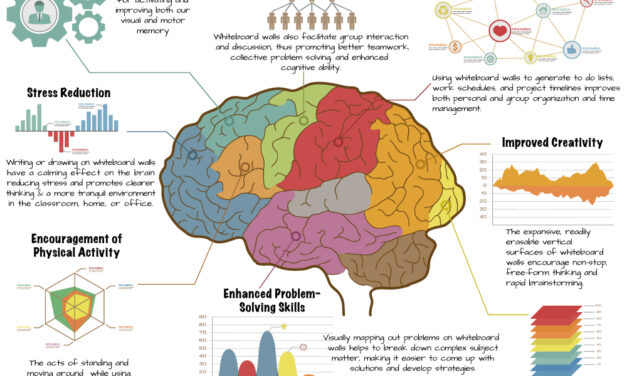














0 Comments